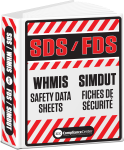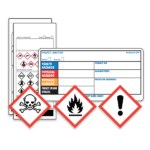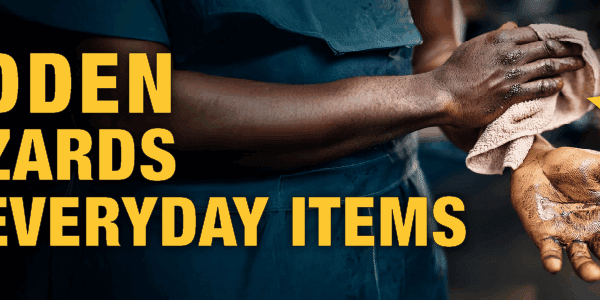 Pesticides vs. Herbicides: What’s the Difference?
Pesticides vs. Herbicides: What’s the Difference?
Walk through any garden center or hardware store and you’ll see a variety of weed and pest control products. Some are labeled as pesticides, others as herbicides, but what do those terms really mean?
Definitions First
A pesticide is any substance used to control pests, including insects, rodents, fungi, and weeds. An herbicide is a type of pesticide made specifically to kill or suppress unwanted plants (weeds). So, all herbicides are pesticides, but not all pesticides are herbicides.
Consumer vs. Commercial Products
Products sold to the public in Canada and the U.S. are typically diluted and designed for safer home use. These are very different from the more concentrated formulations used in agriculture or industry by trained professionals.
Don’t Confuse Consumer Labels with Transport Regulations
Consumer packaging includes familiar usage instructions and safety warnings like Caution, Warning, or Danger, regulated by Health Canada’s Pest Management Regulatory Agency (PMRA) or the U.S. Environmental Protection Agency (EPA). But this labeling is for consumer safety, and marketing transportation regulations are entirely separate.
When these products are shipped in bulk or commercial quantities, they may be subject to Canada’s Transportation of Dangerous Goods (TDG) Regulations or the U.S. Hazardous Materials Regulations (HMR). Depending on concentration and quantity, transportation may require UN numbers, hazard class labels, shipping documents, and vehicle placards.
Health Concerns
Even diluted products can carry health risks. Exposure to herbicides may lead to skin or eye irritation, respiratory issues, or long-term health effects with repeated contact or improper use. Always follow label instructions and wear appropriate protection.
Environmental Impact
Herbicides can affect more than just weeds. Runoff can harm nearby vegetation, pollute water systems, and threaten aquatic life. Use them responsibly and avoid applying before rainfall or near drainage areas.
Licensing and Jurisdictional Rules
It’s important to remember that in certain jurisdictions in Canada and the United States, a license is required for commercial use of specific products. Always check local regulations before use.
Safe Storage at Home
- Keep products in their original containers with labels intact.
- Store in a locked cabinet away from children and pets.
- Avoid high heat or direct sunlight.
- Dispose of unused product through local hazardous waste programs never down the drain.
In Summary
Herbicides are just one type of pesticide. What you see on the shelf is often a safer, consumer-friendly version of something far more potent used in commercial settings. Whether buying, storing, or transporting, understanding the difference and the regulations involved helps protect health, safety, and the environment.
Do you have any questions about labeling requirements for hazardous products? Our team of experts is just a call away for our customers at 855.734.5469 or send us an email, we’re happy to help.
Stay up to date and sign up for our newsletter!
We have all the products, services and training you need to ensure your staff is properly trained and informed.
 Safety Data Sheet Safety Data Sheet(SDS) Services |
 GHS Labels GHS Labels |
 GHS within WHMIS GHS within WHMISTraining Course |





